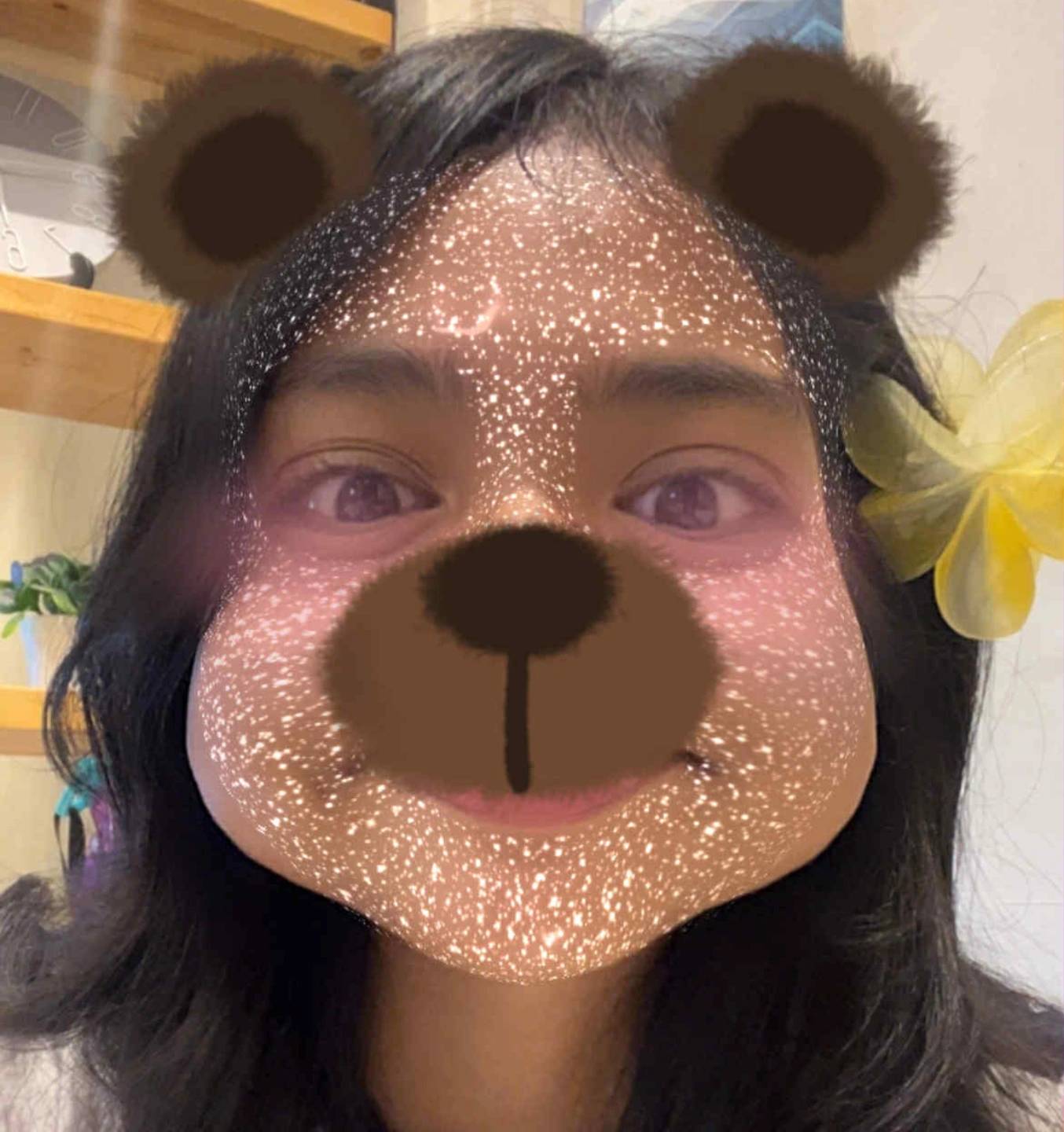OR: M1-5
Cards (127)
- What are the two categories of science discussed in Grade 7 research?
- How is research defined by Calmorin and Calmorin (2007)?
- What does Sanches (2002) say about research?
- According to Parel (1966), what is research?
- How does Sevilla (1990) define research?
- What is Kerlinger’s (1986) definition of research?
- What are the characteristics of research according to Table 1?
- What is the main purpose of research according to Leann Zarah (2021)?
- What does Mary-Louise Kearney state about knowledge generated by research?
- According to Crawford (1995), what is research?
- What are the additional importance of research presented by Cuevas (2010)?
- How does Apfeldof (2018) define invention?
- What is required for an invention to be patented?
- What does innovation refer to according to Apfeldof (2018)?
- What does the term 'innovatus' mean?
- What is the significance of the Karaoke Sing Along System machine invented by Roberto del Rosario?
- What are the differences between invention and innovation according to Table 2?
- What skills are required for invention and innovation?
- What is the significance of research in the learning process?
- What are the two purposes of research?
- What are the two broad applications of research?
- What is basic/pure research?
- What is applied research?
- What is qualitative research?
- What is quantitative research?
- What is descriptive research?
- What is correlational research?
- What is experimental research?
- What is ethnography?
- What is a case study?
- What is historical research?
- What are the steps in the research process?
- What is the first step in the research process?
- What does reviewing literature involve?
- What is a good research question?
- What is the purpose of choosing the study design?
- What is the importance of deciding on the sample design?
- What should you ensure when collecting data?
- What does processing and analyzing data involve?
- What is the final step in the research process?
